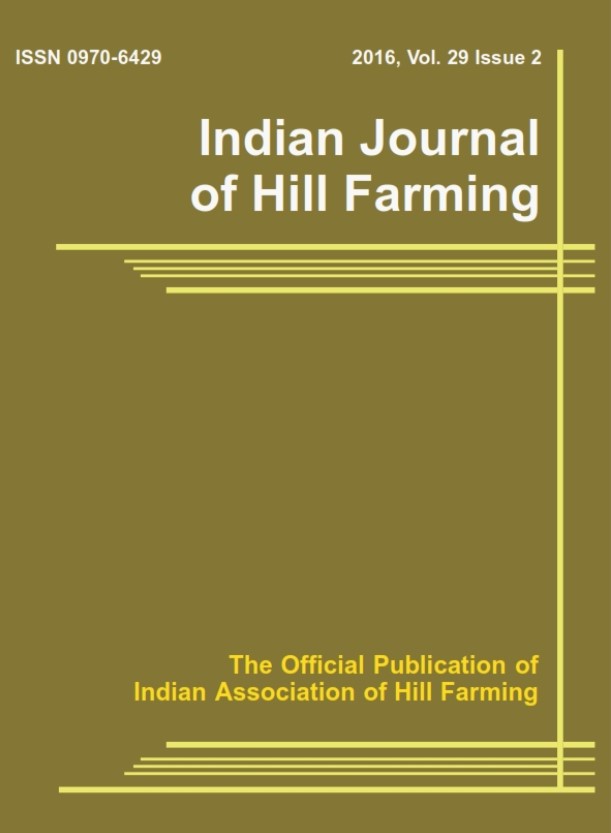Studies on Weed Diversity and Phytosociology in Maize crop
Keywords:
Weed interference, Weed density, Weed diversity, Importance Value, Diversity indices.Abstract
A field experiment was conducted during the Kharif season in the year 2021 to identify dominant weed species and their diversity indices along with their importance in maize, with 14 treatments arranged in Randomized Block Design which were replicated thrice. Two sets of seven treatments each were used, the first being a weedy treatment (plots were left weedy for 10, 20, 30, 40, 50, and 60 DAS), and the second being a weed-free treatment (plots were left weed-free for 10, 20, 30, 40, 50, and 60 DAS). Weed samples for their density and diversity analysis were collected using the standard quadrant approach. Further, diversity commonly used diversity indices viz. Shannon Wiener Index and Simpson’s Index were calculated and interpreted as per standard protocols. The research findings revealed that the field was overrun by 15 different weed species from six different families. And weeds belonging to family Asteraceae and Poaceae were most dominant. However, Eleusine indica, Ageratum houstonianum, Bidens alba, Cressocephalum crepidiodes, and Gallinsoga parviflora were the most dominant species with higher importance value. The higher the importancevalue of a weed, the greater its competitiveness. Additionally, the Shannon Wiener Diversity Index values were calculated for each treatment, and W5, WF0, WF1, and WF6 gave the highest values (2.7), whereas W1 had the least diversity (1.56). While W1 had the highest value of 0.2 when the Simpsons index values for various treatments were determined.




